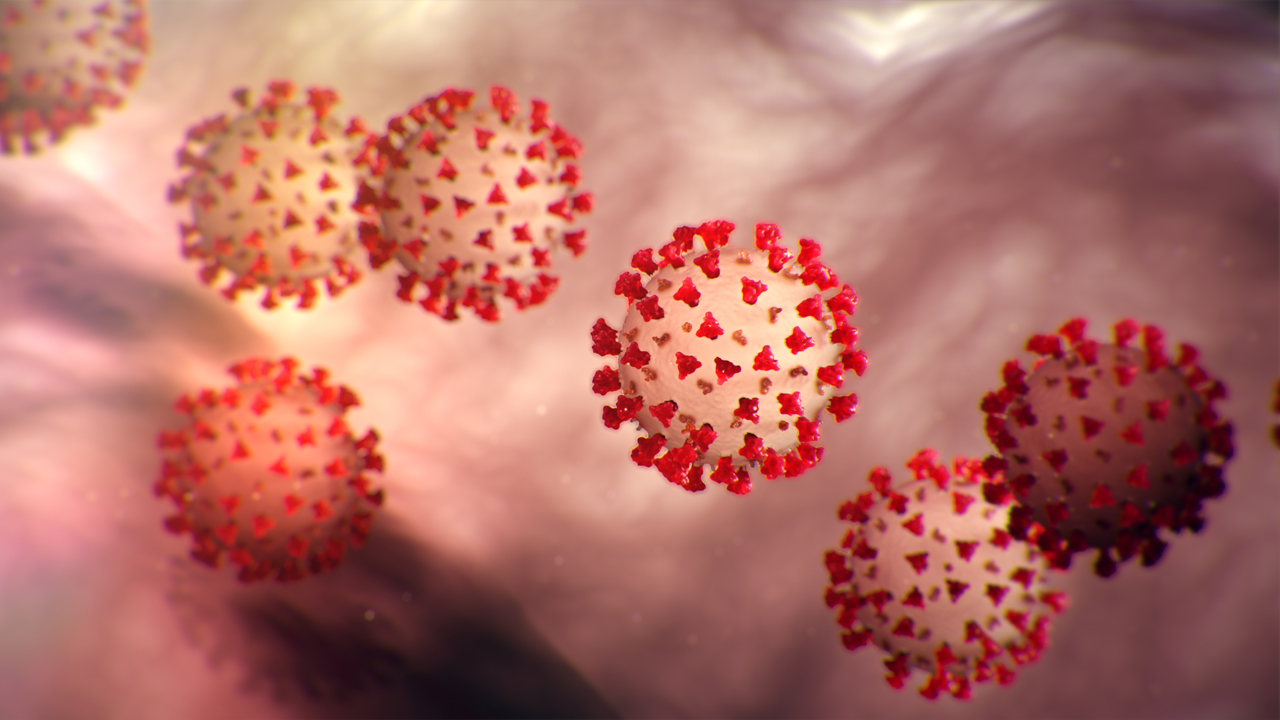COVID-19, the disease caused by the novel coronavirus, first emerged in Wuhan, China, in December 2019, during the cold season, affecting more than 6.5 million people and killing over 388,000.
A new study, published in the journal Transboundary and Emerging Diseases, has shown the association between lower humidity and a rise in locally acquired cases of COVID-19, suggesting that the outbreaks may happen during the winter season.
Researchers from the University of Sydney have found that a 1% decrease in humidity could increase the number of coronavirus cases by 6%.
The findings suggest that the cases will increase by the time the cold season hits again, causing another outbreak.
Epidemiologist Prof. Michael Ward from the University of Sydney said, “COVID-19 is likely to be a seasonal disease that recurs in periods of lower humidity. We need to be thinking if it’s wintertime, it could be COVID-19 time.”
Previous studies have shown a link between climate and the occurrence of coronavirus cases in nations such as China and Hong Kong.
The researchers noted that the pandemic affected many nations, such as China, Europe, and North America, during the winter season. So, they wanted to see whether the connection between the climate and coronavirus cases was different in Australia in late summer and early autumn.
The team revealed that lower humidity is the key driver of COVID-19 rather than cold weather.
Prof. Ward said, “It means we may see an increased risk in winter here when we have a drop in humidity. But in the northern hemisphere, in areas with lower humidity or during periods when the humidity drops, there might be a risk even during the summer months. So, vigilance must be maintained.”
The researchers explained one biological reason why humidity is the key to the transmission of airborne viruses. Prof. Ward said when the humidity is lower, the air is dry, making aerosols smaller. And when aerosols are smaller, they are suspended in the air longer, exposing many people to the virus.
He urged people to be cautious even if the number of cases starts to decline over the past months and explained that testing and contact tracing must continue until there are no more cases.
“In conclusion, under the conditions of high temperature in the Southern Hemisphere summer, our study provides evidence that lower relative humidity is associated with COVID‐19 cases,” the researchers wrote.
“It also suggests that all countries need to maintain vigilance for COVID‐19, even during the summer months,” they added. The article originally appeared in News Medical Life Sciences.























